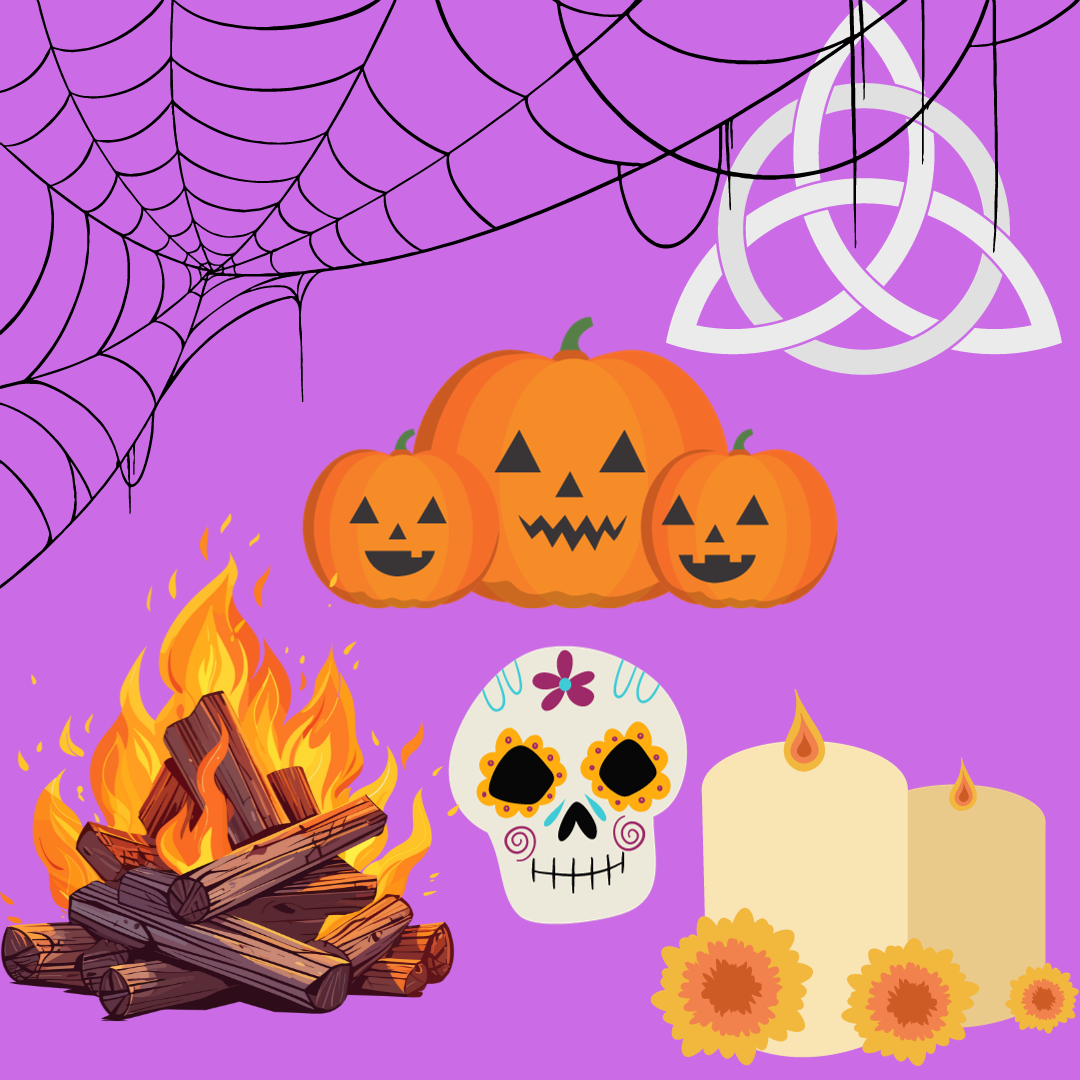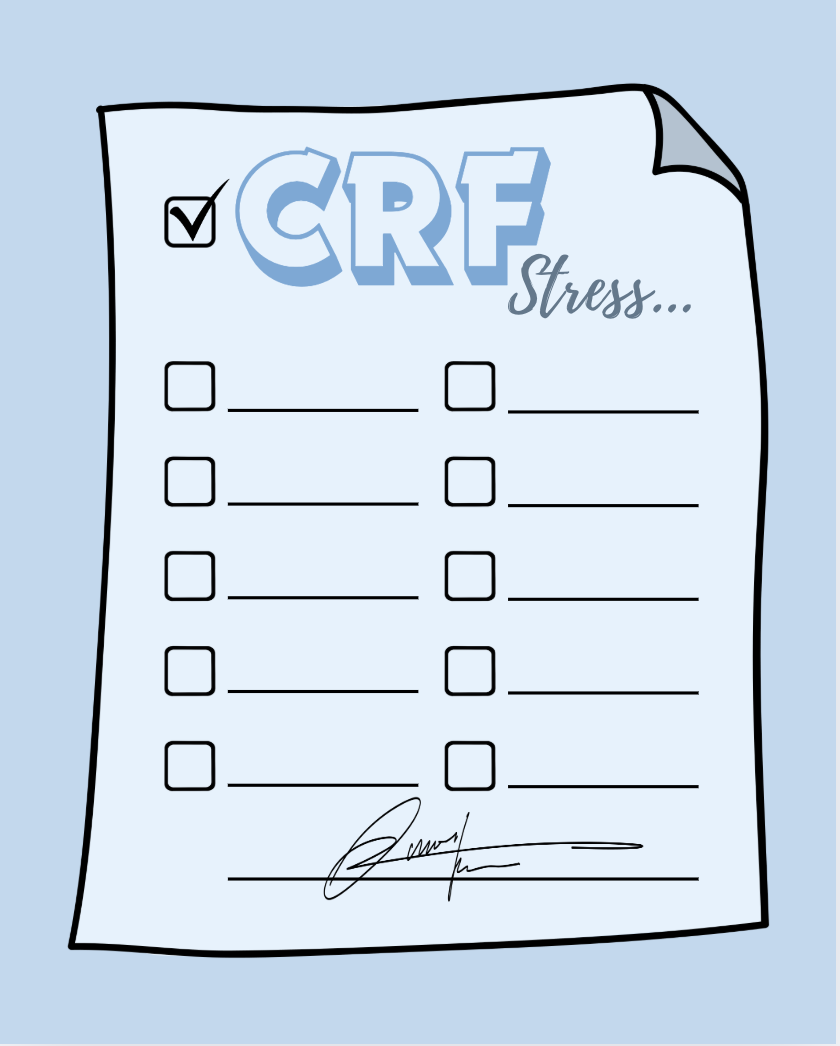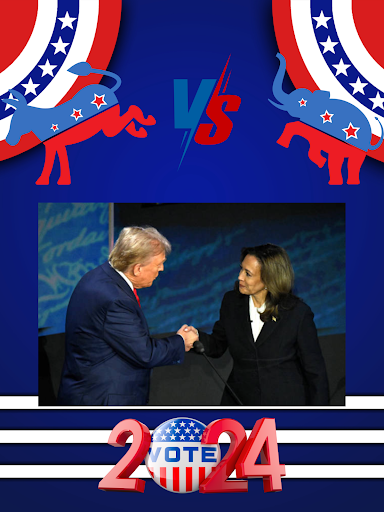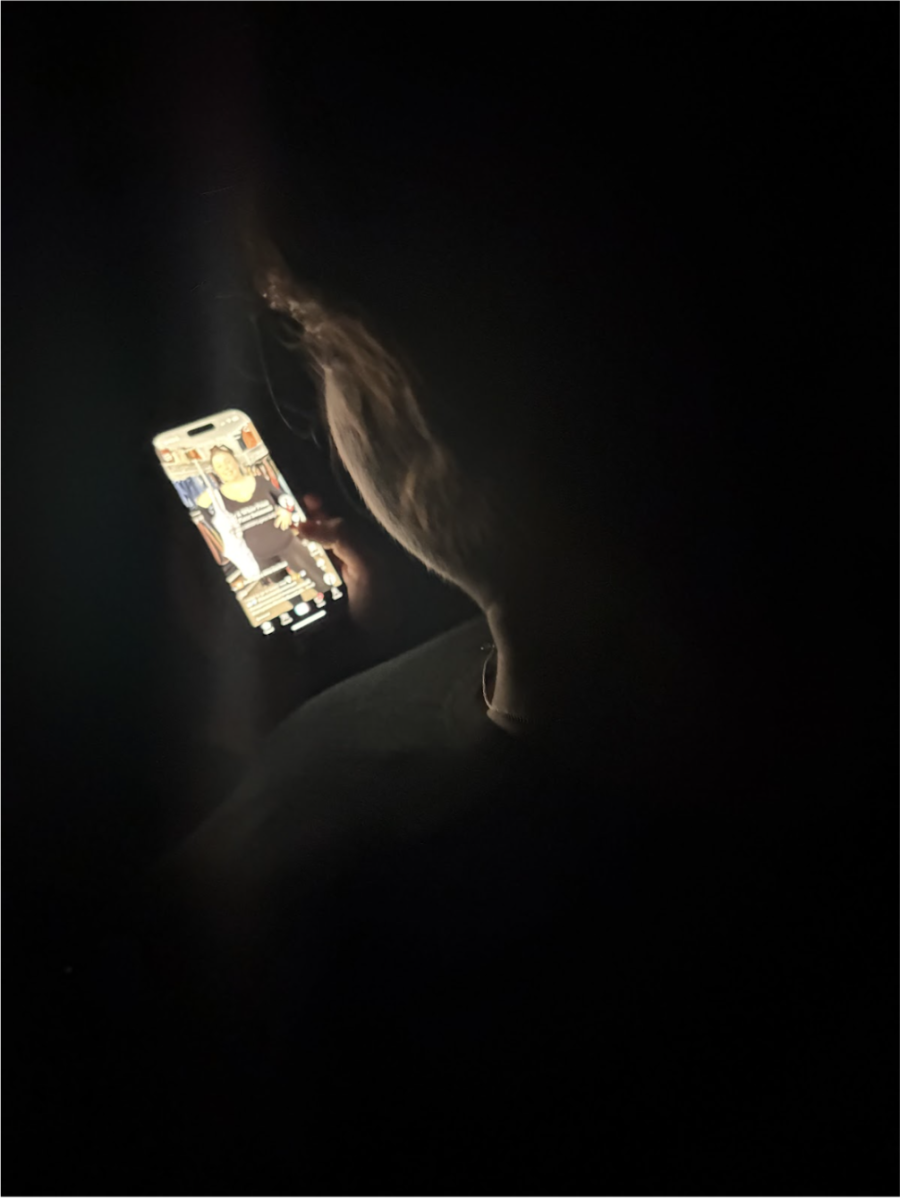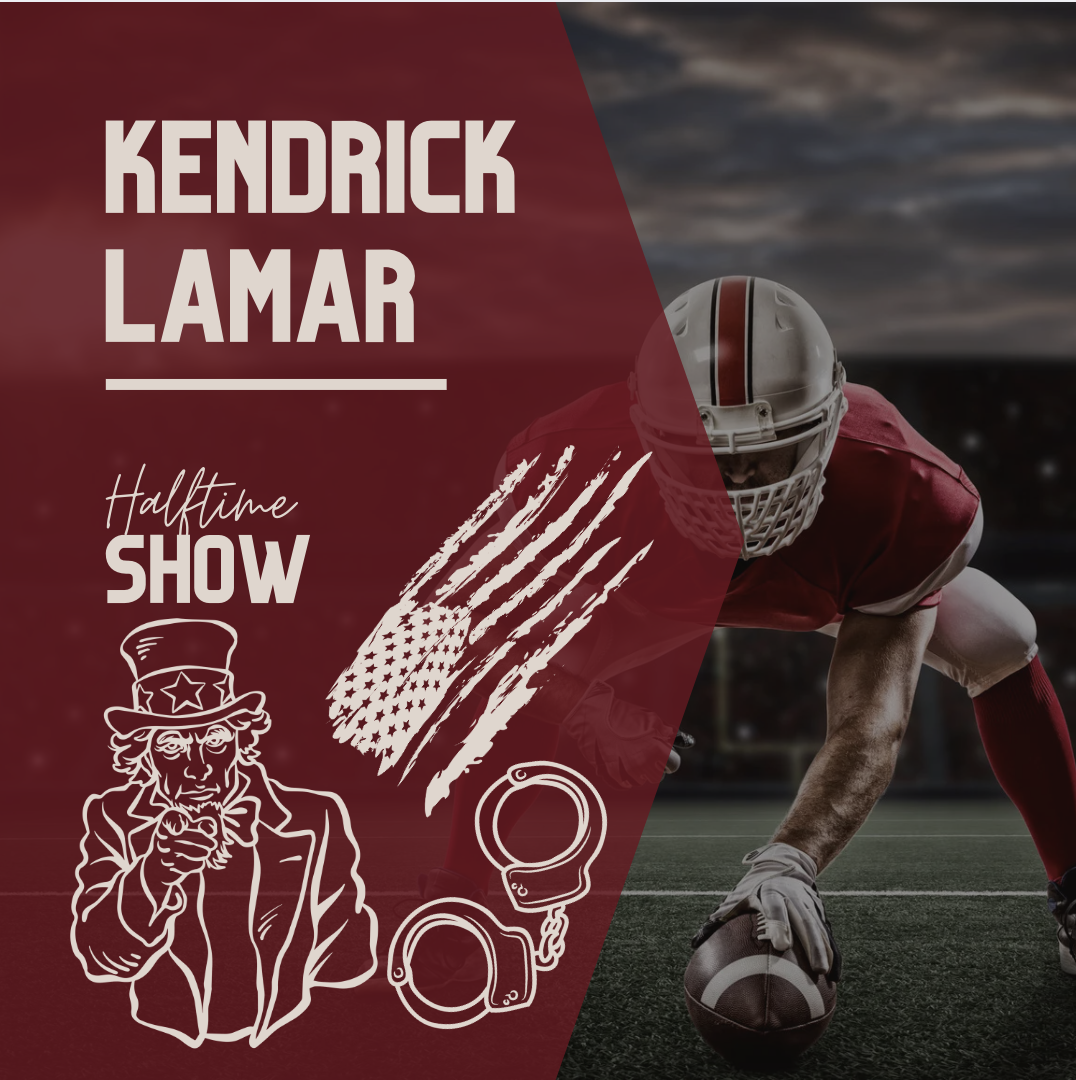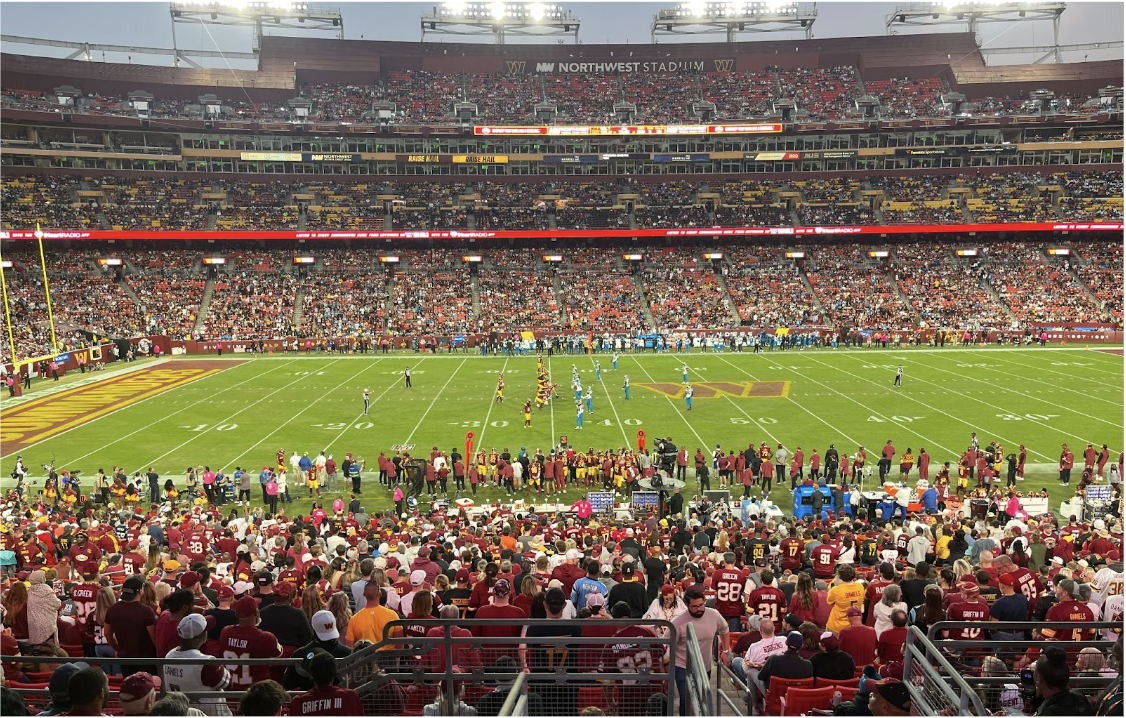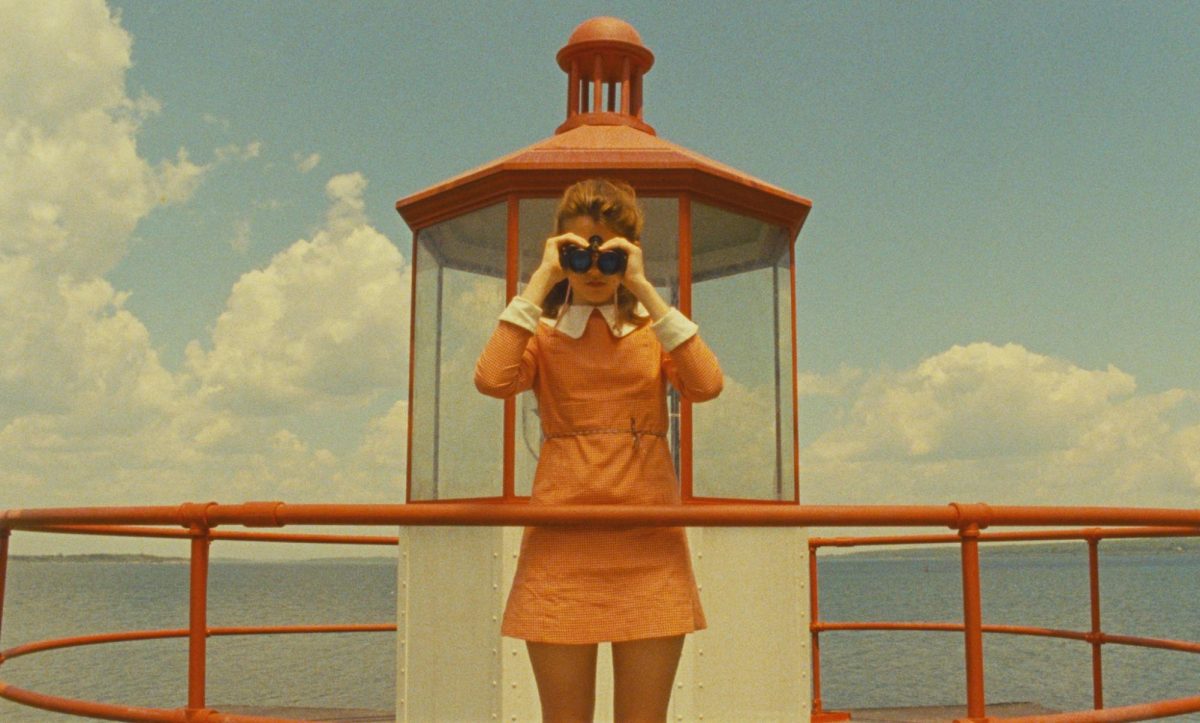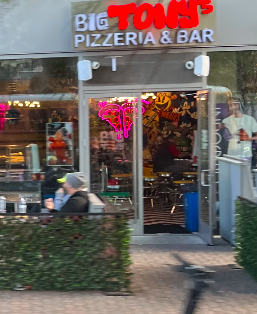Halloween is a very popular holiday in the United States and Canada, but some European countries have picked up our Northern American tradition of celebrating Halloween.
Halloween came to North America in the 19th century through Irish and Scottish immigrants (and Welsh too, but primarily Irish and Scottish immigrants, basically Celtic immigrants). Samhain, a religious Celtic festival and celebration of Harvest, turned into what we now know and celebrate as Halloween.
Samhain, which dates back to over 2,000 years ago, is where modern-day Halloween found its footing.
Samhain began on the last day of October. Celts (people who were Celtic) would light bonfires and wear costumes to ward off ghosts, as they believed that at that time of year, the veil between our world and the spirit world thinned and the two worlds (living and the dead) merged.
Halloween was originally the Celtic New Year and it was during this time that people found themselves in the company of their ancestors’ ghosts. The Celts welcomed spirits with bonfires and performed different rituals (some religious). Bonfires were where people gathered to burn crops and animals as sacrifices to the Celtic deities. Dressing up was done to ward off unwanted evil spirits. It was said that they would come into our world and haunt us. Celts believed that the souls of the dead would visit their homes, so they offered food as a sacrifice to maintain their crops and livestock. They were worried evil spirits would cause trouble and damage their crops.
Along with warding off evil spirits and welcoming souls of lost loved ones, the Celtics thought that the presence of otherworldly spirits made it easier for the Druids, or Celtic priests, to make predictions. Those prophecies were incredibly important for the Celtic people, as it was a source of comfort for them during the upcoming Winter following Samhain.
Now, in rural areas of Celtic land (Ireland, Scotland, Wales and some of England), bonfires are still lit and children get dressed up to go trick or treating, similar to the dressing up to ward off spirits. Trick or treating may have originated from the Celtic people who would leave food out to appease the spirits traveling the Earth at night. Celtic people originally did the Halloween tradition of carving pumpkins and turning them into Jack O’Lanterns with turnips instead of pumpkins.
Bobbing for apples technically stemmed from Roman tradition in their ‘Pomona’ festival. Still, it was at a similar time as Samhain, so the two events eventually blended as a precursor to Halloween. Originally, bobbing for apples began as a courting ritual of a Roman festival honoring Pomona, the goddess of agriculture and abundance. Young men and women could predict their future relationships based on the game.
The Celtic celebration traveled to other countries and cultures that have transformed it into something of their own. There are now many holidays used to celebrate the dead in different countries inspired by Samhain.
Samhain inspired the Christian religious holiday, All Saints Day, which incorporated some aspects of Samhain. All Saints Day was originally the night before Samhain, so it was known as All Hallows Eve, but in the 18th century, Pope Gregory III designated Nov. 1 as a time to honor saints.
In England, because Halloween is now so popular, children celebrate it, but they have turned it into Guy Fawkes Day. On Nov. 5, British citizens celebrate the failed assassination of King James I by Guy Fawkes and his co-conspirators. Since Fawkes attempted to assassinate the king with barrels of gunpowder, there are bonfires and fireworks across the country similar to Celtic tradition but for different reasons, obviously. Instead of trick-or-treating for candy, children will walk around asking for a “Penny for the Guy.”
In Mexico, Mexicans celebrate Halloween and children go trick-or-treating, but Halloween is the precursor to Dia de los Muertos. Dia de los Muertos, or Day of the Dead, occurs on Nov. 1 and Nov. 2, and dates back 3,000 years to pre-Columbian Mesoamerica. Dia de los Muertos is when the gates of Heaven open, allowing the spirit of a deceased loved one to reunite with their living family members. For the spirits to make it home, lanterns and candles serve as a guide to their living relatives’ home. Candlelight vigils and food offerings are placed on an altar. Like Mexico, the Chinese celebrate the Qingming Festival. Held in April, it is the Chinese celebration. They celebrate a day where they honor their dead by sweeping their graves.
Overall, there are many holidays in various cultures that honor the dead while also now incorporating fun modern elements. Although Celtic traditions inspired the origins of Halloween and similar celebrations in different cultures, Halloween is now a massively commercialized holiday celebrated by many people throughout the world.


